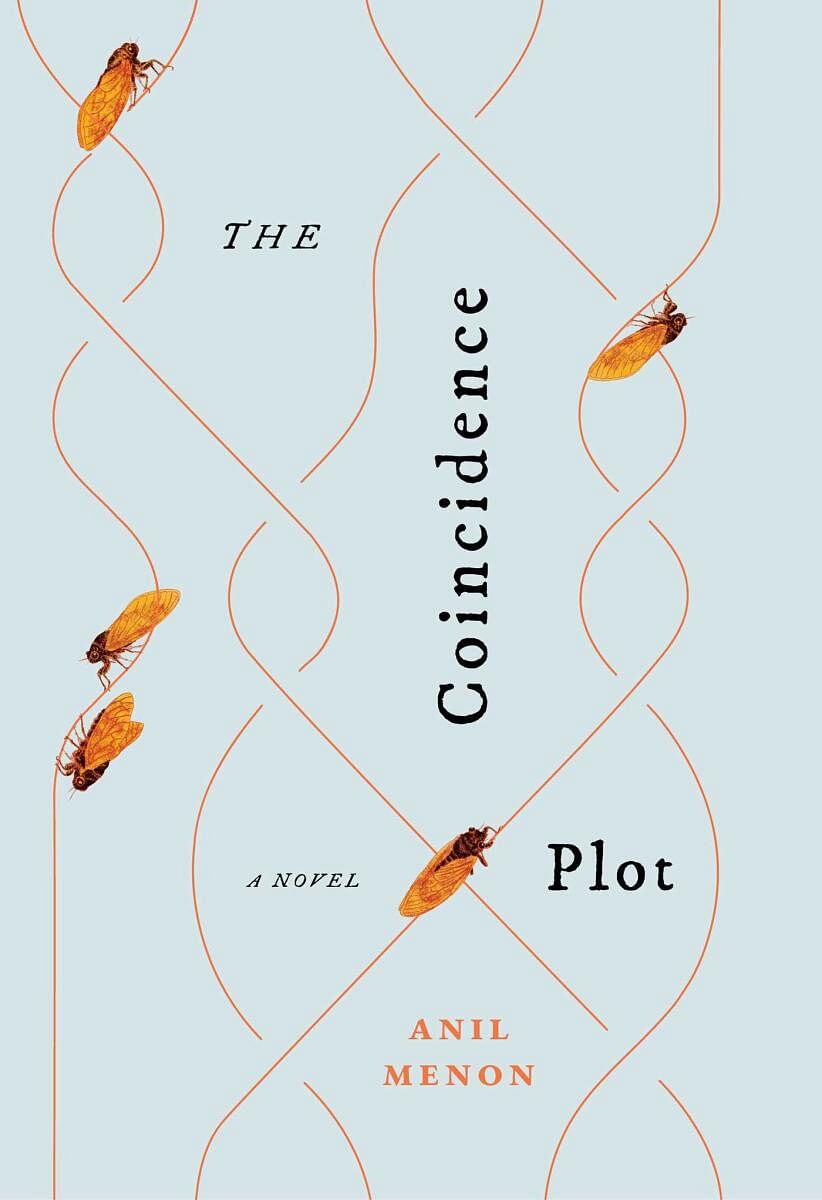
My partner shares his last name with Sylvia Plath’s husband. I met him soon after I wrote my novel Sylvia whose eponymous protagonist is named after the poet. We joke that we were fated to come together to create a happy sequel to one of the literary world’s great romantic tragedies. But I’m not sure I utter these words entirely in mirth. Since then, there have been a series of coincidences in our lives that bring me at loggerheads with my rationality. He, on the other hand, extends the Shakespearean lines about all the world being a stage and men and women mere players to propose that the characters outnumber actors and people play more roles than one — and when their stories loop and meet, they cause coincidences. Such theories make for dreamy speculation and whimsical art. Some do vacuously verbose PhDs on them and wangle for teaching jobs in deemed universities. Anil Menon, however, wrote a novel on the subject and it is excellent.
Coincidences have been the grist of the fiction mill for a long time. They infuse mystery into the everydayness of things. They hold stories together in unlikely ways. They make us fall out of our chairs or roll our eyes depending on their frequency or plausibility. They make the quotidian quotable. But they are no more (or less) surreal than real life, and therefore, need words to create magic on paper. The Coincidence Plot gives it the right words and draws a metafictional picture.
The novel is arranged in chapters with neat combinations of two characters each starting in the 1930s and jumping to current times to form an intricate mesh of perspectives and memories. It begins with the coincidental discovery of the same mathematical theory by two scholars separately. One beats the other to it and the whole book is the piecing together of the repercussions that follow in the lives of the people connected to the logician who missed it by a whisker.
It spans Germany, India, and the USA, and culminates in two fiction writers — one literary, one commercial — racing to write the same (on the same subject and people) novel.
Add to this, early Indian cinema, Nazi bigotry, much philosophy, some mathematics, heartache, several kinds of marriages, medical negligence, separation, loss, Ayurveda, mental health, death, artless love, artful sex (that carefully ensures no reader pulses are quickened), the hegemony of English, deep meditations — alternately eloquent discussions — on the craft of writing, tongue-in-(someone or the other’s)cheek (humour and otherwise), many languages, and large helpings of Spinoza.
The novel is a potpourri of strange events threaded together with coincidences like a complicated but beautiful piece of embroidery. And all this is modern; it is brand new with no maudlin cultural equivocation or sociological explanations. With Himanshu Rai, Devika Rani, Gödel, and even Chetan Bhagat playing cameos as themselves, it makes a fine example of real-person fiction. It is the work of a writer who knows the first name of a 17th-century Dutch philosopher is homonymous with a popular Gujarati surname and has hatched an elaborate plan to connect these two characters — one real, and one fictitious — in a most original story.
Lyrical finery
And the language is delightful. Take, for instance, this description of the weather: “Everything in the world cried out to be turned into word and song. The monsoon wouldn’t arrive for another week, but it had sent postcards. Raindrops kept falling on my head.” (Of course, I sung the last sentence!) One can tell the author had fun writing it — and that joy is transferred to the reading. With all this, the book anticipates an intelligent reader in a way that seems like a compliment.
There are some gaps too, however: one might wonder how easy or difficult it was for someone from a traditional Gujarati business family to marry a woman pregnant with another man’s child. What was life like for her? How did the interreligious marriage of Xan and Farzana not elicit so much as a raised eyebrow let alone murderous reactions from all unconcerned? But upon closer reflection, these seem less like oversights than deliberate omissions. It is as if the author, by taking these in his stride, wants to create readers who transcend the social drama overkill in their lives and literature.
The age-old standoff between stylisation and plot in literary fiction has been laid to rest in this book by making the idea of the plot its subject and dressing it in lyrical finery. In a world suffering from dwindling readers, Anil Menon is safe as a writers’ writer.